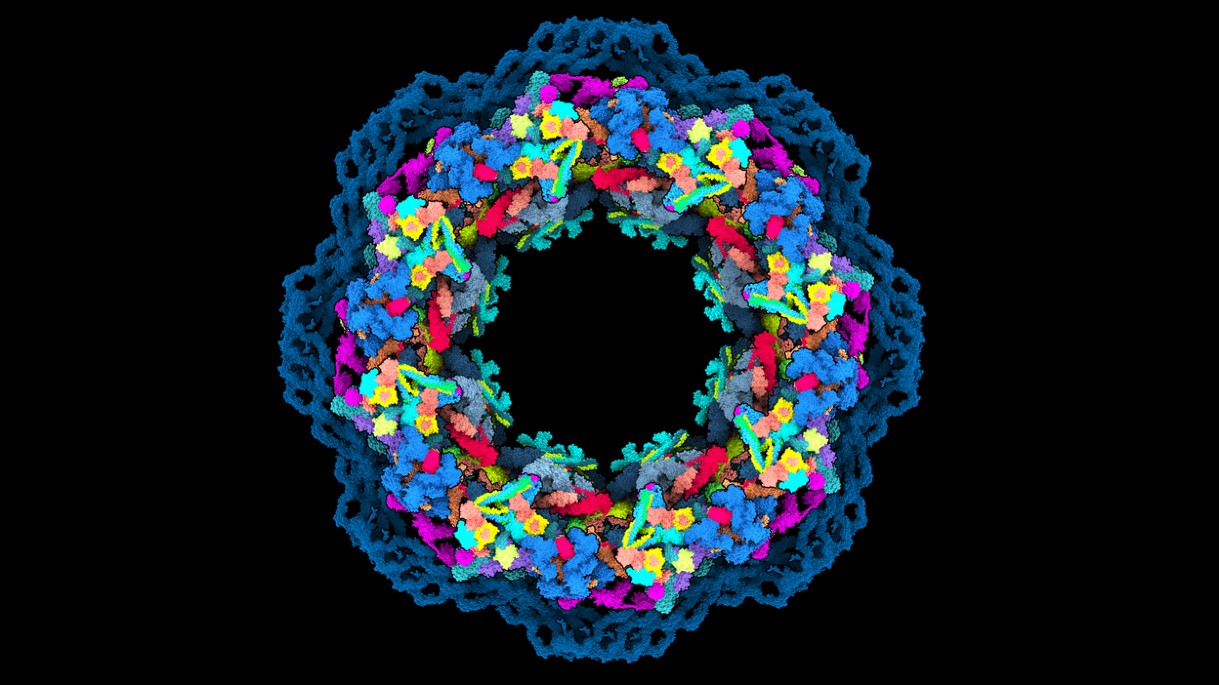
High-level diagram of Shor’s algorithm for factoring integers. Credit: ResearchGate; Archimedes Pavlidis
The Breakthrough Prizes
The Breakthrough Prizes are awarded annually for scientists who do groundbreaking work addressing fundamental questions in physics, mathematics, computer science and life sciences. The prizes include a stipend of US$3 million (some early-career awards have smaller stipends, typically US$50,000). The Breakthrough Prizes were founded by Sergey Brin (co-founder of Google, now Alphabet), Pricilla Chan, Mark Zuckerberg (co-founder of Facebook, now Meta), Yuri Milner (founder of DST Global, a global technology investor), Julia Milner, and Anne Wojcicki (founder of 23andMe, a genomics firm).
The latest Breakthrough Prize awards (September 2022) have just been announced:
- Life Sciences: Clifford P. Brangwynne, Anthony A. Hyman, Demis Hassabis, John Jumper, Emmanuel Mignot and Masashi Yanagisawa: Brangwynne and Hyman discovered a new mechanism for cellular organization; Hassabis and Jumper developed AlphaFold and AlphaFold 2 (more details below); and Mignot and Yanagisawa discovered mechanisms behind narcolepsy.
- Mathematics: Daniel A. Spielman, for work in theoretical computer science.
- Fundamental Physics: Charles H. Bennett, Gilles Brassard, David Deutsch and Peter Shor, for work in quantum communication and quantum computing (more details below).
AlphaFold 2: A breakthrough in practical protein folding modeling
Breakthrough Prize recipients Demis Hassabis and John Jumper are the leading researchers behind AlphaFold 2, the computer-based system developed at DeepMind (a research arm of Alphabet, Google’s parent company) that has largely solved the protein folding problem, which is arguably one of the most significant challenges in modern biology.
Proteins are the workhorses of biology: examples include actin and myosin, the proteins that enable muscles to work; hemoglobin, the basis of red blood that carries oxygen to cells throughout the body; and the “spike” protein enables the coronavirus to invade healthy cells. There are thousands of proteins in human biology, and many millions in the larger biological kingdom. Each protein is specified as a string of amino acids, as given by DNA letters A, C, T, G. Thanks to the recent dramatic drop in the cost of DNA sequencing technology, sequencing proteins is fairly routine.

Model of human nuclear pore complex, built using AlphaFold2; credit: Agnieszka Obarska-Kosinska, Nature
Given the daunting challenge and importance of the protein folding problem, in 1994 a community of researchers in the field organized a biennial competition known as Critical Assessment of Protein Structure Prediction (CASP) [CASP]. At each iteration of the competition, the organizers announce a set of problems, to which worldwide teams of researchers then apply their best current tools to solve. In 2018, the CASP competition had a new entry: AlphaFold, a machine-learning-based program developed by DeepMind, which out-performed others in the competition. Then in 2020, the DeepMind team unveiled a new program, known as AlphaFold 2 [AlphaFold 2]. For the 2020 CASP competition, it achieved a 92% average score, far above the 62% achieved by the second-best program in the competition.
“It’s a game changer,” exulted German biologist Andrei Lupas, who has served as an organizer and judge for the CASP competition. “This will change medicine. It will change research. It will change bioengineering. It will change everything.” [Scientific American]. Lupas mentioned how AlphaFold 2 helped to crack the structure of a bacterial protein that Lupas himself has been studying for many years. “The [AlphaFold 2] model … gave us our structure in half an hour, after we had spent a decade trying everything.”
For additional details, see this earlier Math Scholar article.
Quantum communication and quantum computing
Charles H. Bennett, Gilles Brassard, David Deutsch and Peter Shor are the recipients in the fundamental physics category. In particular, their work underlies the emerging technology of quantum communication and quantum computing.
Bennett and Brassard broke ground in this arena in 1993 by devising a practical way to send secret messages between users that is immune to efforts by eavesdroppers, even those with unlimited computing power. Their 1993 discovery showed that quantum entanglement is a useful resource, despite the fact that it has no communication capacity of its own.
David Deutsch laid the foundations of quantum computation. He defined the notion of a quantum Turing machine and showed that it could simulate any physical system that obeys the laws of quantum mechanics. He further showed that a quantum computer could be realized by a network with a surprisingly small number of quantum gates that leverage quantum entanglement and superposition.
Peter Shor devised the first potentially useful quantum computer algorithm, namely an algorithm to factor large integers. In theory, this algorithm is exponentially faster than any classical algorithm (although practical implementations still await the development of more robust quantum computing hardware). He also designed error-correcting facilities for quantum computers, which are a necessary feature of practical quantum computing technology.
For additional details, see the Breakthrough Prize announcement.
Mathematics
The Mathematics Prize was given to Daniel A. Spielman. His techniques have been applied not only in pure mathematics, but also in computer science, signal processing, engineering, and even medicine. Among many other results, he and his collaborators solved the Kadison-Singer problem, which arose in quantum mechanics but, as it turns out, is equivalent to numerous other major unsolved problems in other fields, ranging from linear algebra to combinatorial optimization (for example, the traveling salesman problem).
For additional details, see the Breakthrough Prize announcement.